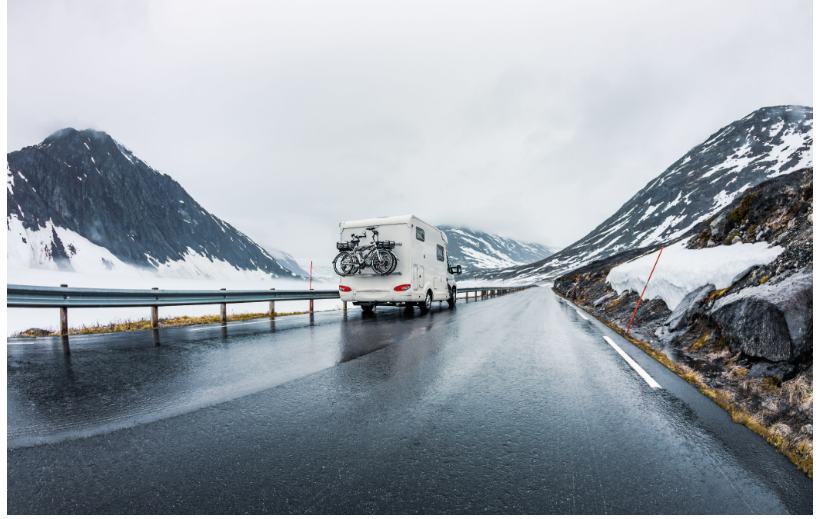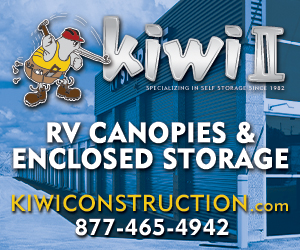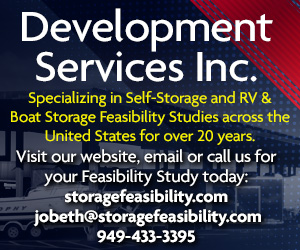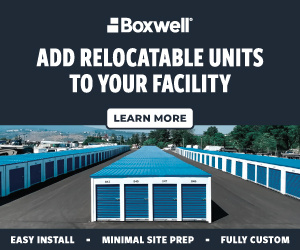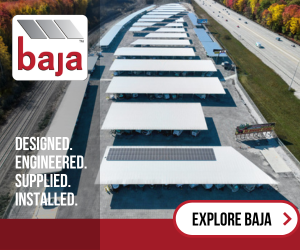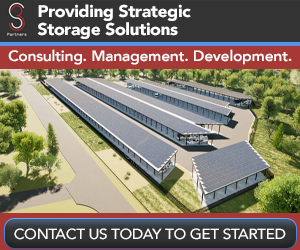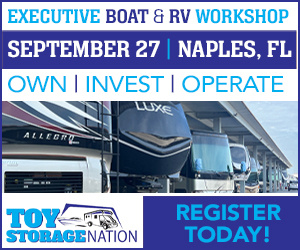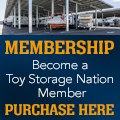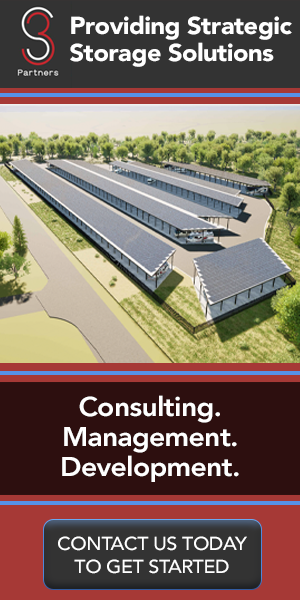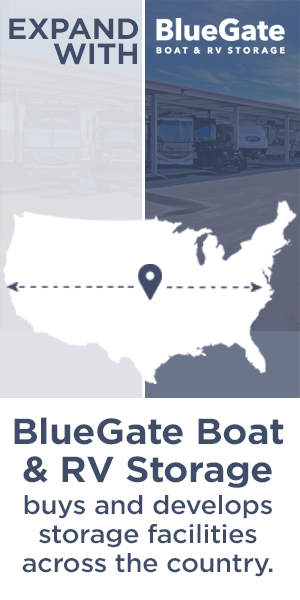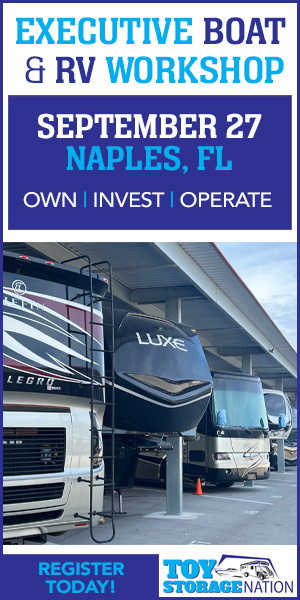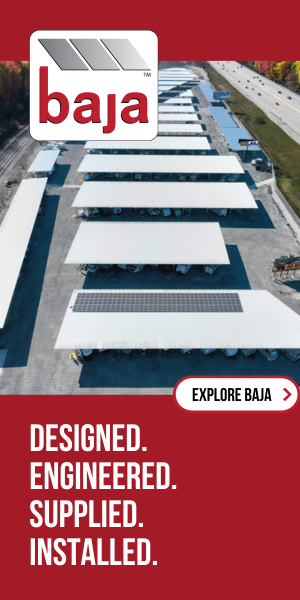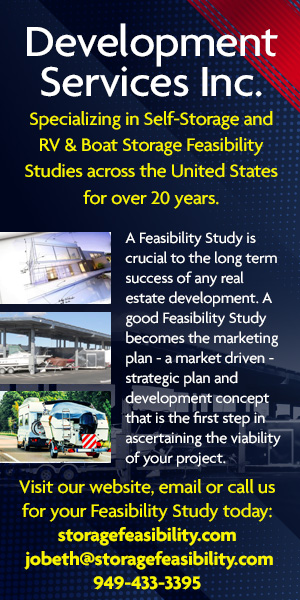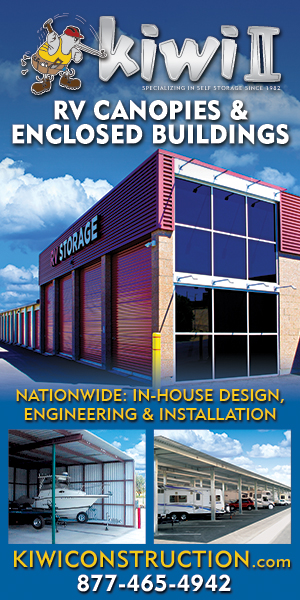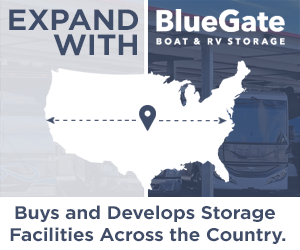By Mark Sherman: Director of Operations, S3 Partners
Consumers typically view temperature-controlled as a traditional self-storage option. The thought is to prevent damage and protect their personal items from temperature and humidity fluctuations. Once this option–known as temperature-controlled or climate-controlled– was introduced and understood by the first-generation of self-storage consumers decades ago, many facilities began to offer it as an additional commodity, especially because they could charge a premium for it.
When researching storage for boat or RV storage, owners of these high-investment toys should consider the benefits of temperature-controlled units. If you are researching the potential of offering temperature control at your RV and/or boat storage facility, there are a few key points to consider before jumping right in.
Why would a tenant prefer temperature-controlled boat and RV storage?
Severe weather and temperature conditions can cause costly damage to a customer’s investment. Not only does parking outdoors have the potential to negatively affect the toy’s cosmetic appeal, but it can also pose safety issues compared to parking in a consistent climate. Having a comfortable setting while loading and unloading is ideal. As a storage facility operator, it’s important for you to convince consumers that temperature-controlled units–which likely cost more–are definitely worth the higher payment. Your job is to know the reasons and convey them to the customers. Put another way, you’ll want to share all the following information with your readers.
Temperatures, UV exposure, hail, wind and ice all contribute to wear and tear of any vehicle:
- Tires, rubber seals and plastic parts can lose functionality when exposed.
- Rust can accelerate on metal parts such as brakes, rotors and body panels.
- The harsh elements can damage batteries, such that it will not perform as expected. Heat will evaporate battery fluid and cold can potentially freeze fluid, both leaving customers stranded while on vacation or on a day’s excursion, put them in a compromising position and also leading to them purchasing battery replacements.
- Paint on aluminum, plastic and fiberglass can oxidize, which over time will cause fading and damage.
- Long-term heat and direct sunlight can cause Interior damage to upholstery, the dash and other components.
Humidity can cause silent damage, create costly restorations and affect one’s health.
- Mattresses, carpets and linens are magnets for moisture. Creating the wrong environment will invite mold and mildew growth, not to mention a musty smell.
- Electronics such as control panels, TVs and small appliances can be damaged by corrosion.
- Interior walls, chrome and the dashboard may show signs of mold spores.
- User health should be considered as well. The presence of mold can create issues with the respiratory system and allergies.
How is the temperature actually controlled?
Temperature control at a storage facility is operated much like the heating and cooling systems in your home. There are multiple categories of HVAC systems. You’ll need to do a little research to make sure you find an HVAC system that can be adjusted to meet the heating, cooling and moisture issues at your specific location. An experienced contractor can make recommendations that are right for your climate.
Recommended temperature and humidity
Recommendations for temperature at storage facilities is typically anywhere between 55-78 degrees. Humidity should be between 3% to 50% to prevent damage to customers’ toy vehicles. .
In closing, consider geographical location during the design phase of your project. Engage an experienced development team that includes a reputable HVAC contractor. Temperature-controlled facilities are a necessary component for renters who want to keep their toys in pristine condition. For you, it means a little more cost at the beginning of your project’s development, but the return on investment makes it worth it!
Partner with a pro
Investing in an RV, boat and toy storage facility is a huge decision and oftentimes requires a trusted advisor with decades of experience and knowledge. At S3 Partners, we’ve been in this space for years and have seen it all. Whether you’re thinking about building a new facility or adding RV, boat and toy storage to your existing storage business, we’d love to hear about your plans and help you get there right.
No matter the size of your project, our services keep costs down and maximize your return on investment. Visit us at s3.partners.









